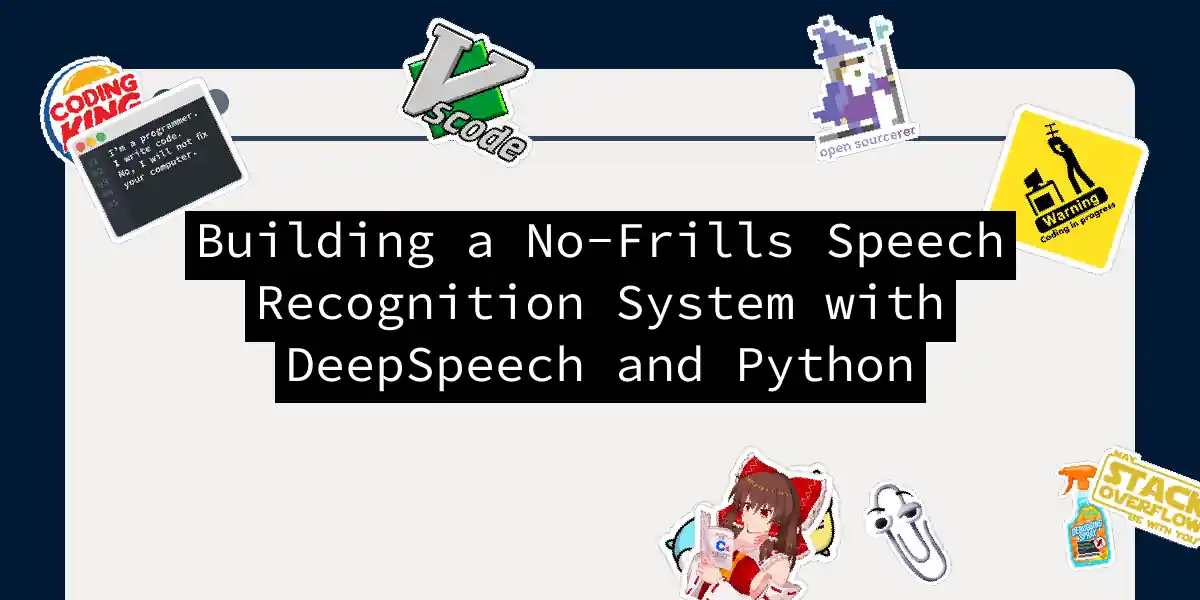
Building a No-Frills Speech Recognition System with DeepSpeech and Python
The Whispering Code: Making Machines Listen Speech recognition feels like modern wizardry – you talk, and machines obediently transcribe your words. But unlike magic wands, we have DeepSpeech, Mozilla’s open-source speech-to-text engine that turns audio waves into readable text. Let’s build a system that listens more attentively than my dog when he hears the treat jar open. DeepSpeech Under the Hood DeepSpeech uses end-to-end deep learning to convert audio directly to text, skipping intermediate representations like phonemes....



